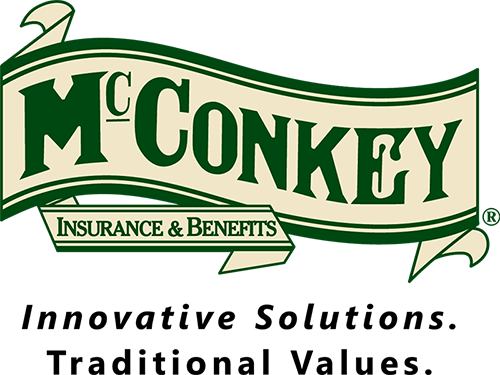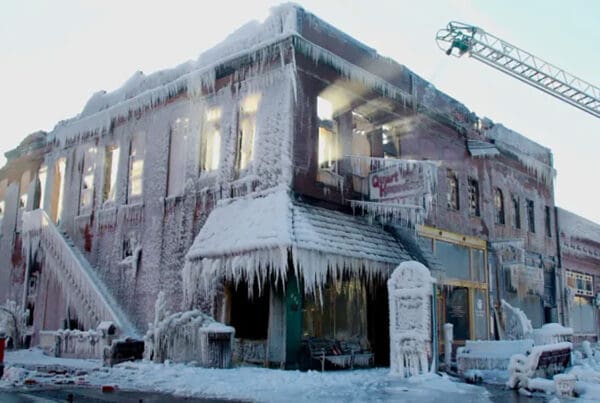
In this blog, we are sharing content inspired by information originally published by OSHA.
2018 brought with it one of the worst heat waves in recent history. But the high temperatures don’t change the need for work to continue and projects to stay on track. For companies with employees working in sometimes dangerously hot weather, what can be done to keep your workforce safe? What about industries with employees exposed to heat year-round?
The Risk is Real
Annually, dozens of workers die and thousands become sick as a result of working in extreme heat and/or humid conditions. Of those workers, more than 40 percent are in the construction industry. Regardless of field, age, and physical condition, all workers are susceptible, to some degree.
Even if the heat isn’t a result of a heat wave, employees are still at risk when exposed to extreme heat. OSHA offers an overview of working in both indoor and outdoor heat environments. Some examples of these work environments include:
- Indoor: iron and steel foundries, brick-firing and ceramic plants, glass products facilities, electrical utilities, bakers, commercial kitchens, laundries, chemical plants, material handling and distribution warehouses and many other environments.
- Outdoor: farm work, construction, oil and gas well operations, landscaping, emergency response operations, hazardous waste sites and many more.
Why is Heat a Hazard to Workers?
When a person works in a hot environment, the body must get rid of excess heat to maintain a stable internal temperature. It does this mainly by blood circulation to the skin and sweating.
When the air temperature is close to or warmer than normal body temperature, cooling of the body becomes more difficult. Blood circulated to the skin cannot lose its heat. Sweating then becomes the main way the body cools off. But sweating is effective only if the humidity level is low enough to allow evaporation and if the fluids and salts that are lost are adequately replaced.
If the body cannot get rid of excess heat, it stores it. When this happens, the body’s temperature rises and heart rate increases. As someone’s body continues to store heat, they will begin to lose concentration, have difficulty focusing, become irritable or sick, and loses the desire to drink. The next stage is most often fainting (and can even be death) if the person is not cooled down.
Excessive exposure to heat can cause a range of heat-related illnesses, from heat rash and heat cramps to heat exhaustion and heat stroke. Heat stroke can result in death and therefore requires immediate medical attention.
Exposure to heat may also increase the risk of injuries derived from sweaty palms, fogged-up safety glasses, dizziness, and burns due to hot surfaces or steam.
As an Employer, You Have an Obligation to Protect Your Workforce
You are responsible for ensuring workplaces are free of safety hazards under OSHA law. Though the weather is out of your control, you must protect your workforce from extreme heat like we have experienced this year. It’s recommended that companies with such an exposure include a heat illness prevention program in their overall safety program.
Important ways to reduce heat exposure and the risk of heat-related illness include:
- Engineering controls, such as air conditioning and ventilation, which make the work environment cooler
- Work/rest cycles
- Drinking water often
- Providing an opportunity for workers to build up a tolerance to working in the heat
- Planning for emergencies and knowing how to act quickly; this can save lives.
To learn more about heat-related illness prevention and for additional resources , see OSHA’s webpage on Occupational Heat Exposure.
Not sure of all the heat-related hazards your workforce may be exposed to? Need help implementing heat-related prevention into a safety program? Think there might be gaps in your workers’ compensation coverage based on your heat exposure? To learn more about keeping your workforce and business protected, email us at info@ekmcconkey.com or give us a call at 717-755-9266.



